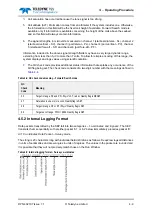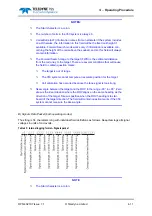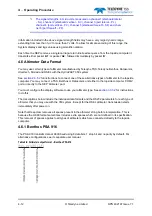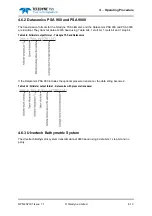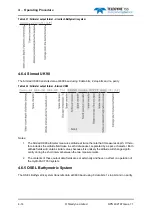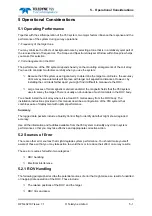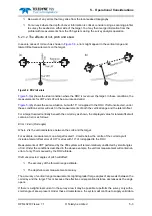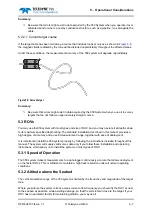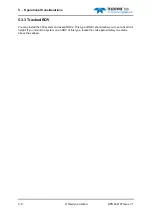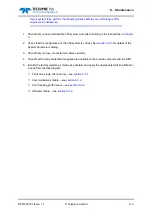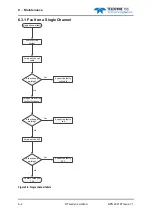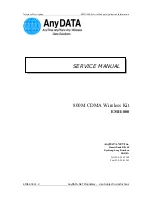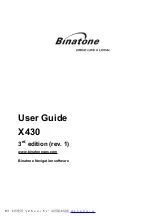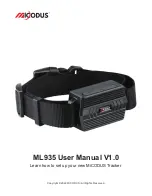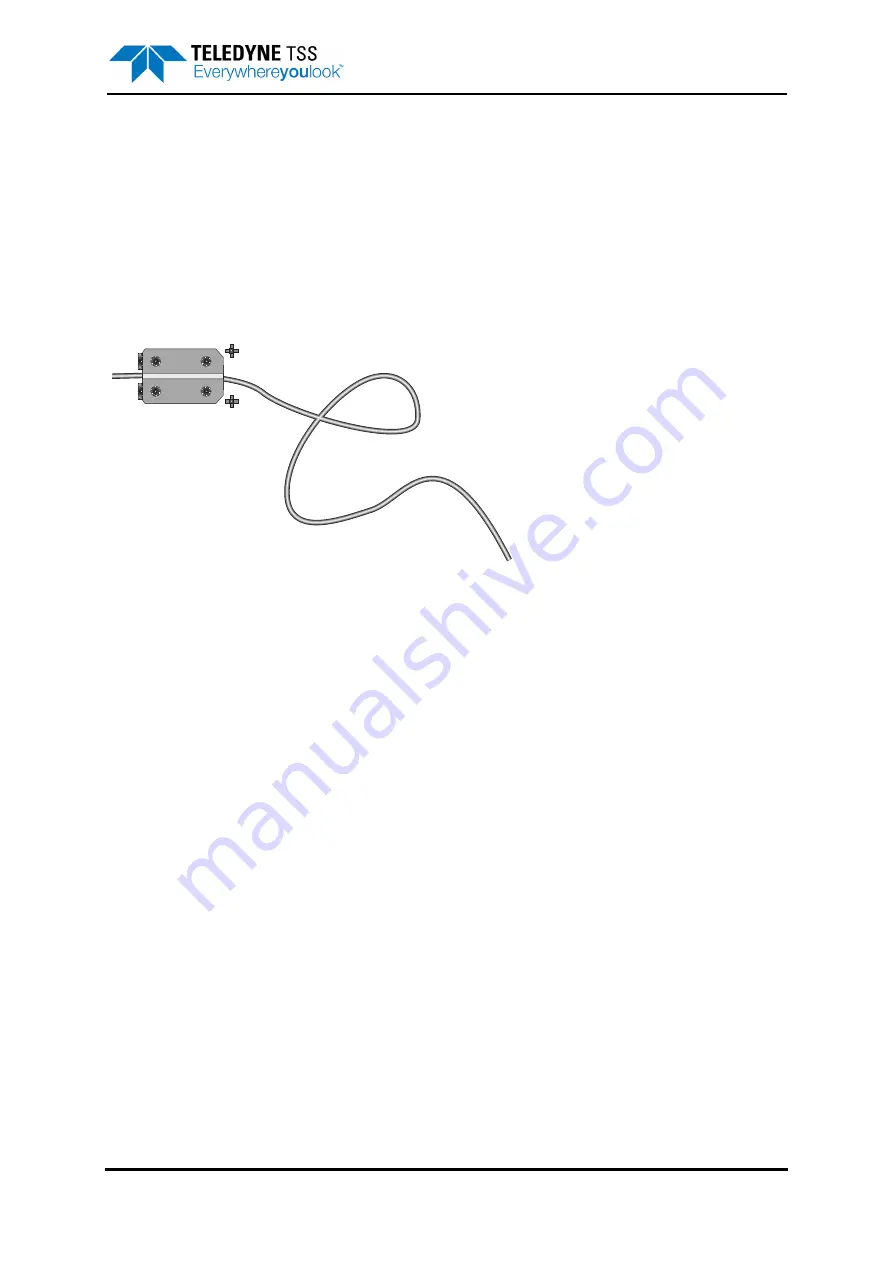
5 – Operational Considerations
DPN 402197 Issue 7.1
© Teledyne Limited
5- 7
Summary:
❐
Be aware that errors might exist in data acquired by the 350 System when you operate it over
saturated sand or where a nearby conductive structure, such as a pipeline, runs alongside the
cable.
5.2.2.7 Curved target course
If the target cable has been laid along a course that includes loops or curves as shown in
the magnetic fields radiated by the tone will be distorted unpredictably throughout the affected areas.
Under these conditions, the measurement accuracy of the 350 system will degrade unpredictably.
Figure 5-5: Curved target
Summary:
❐
Be aware that errors might exist in data acquired by the 350 System when you use it to survey
targets that do not follow an approximately straight course.
5.3 ROVs
You may use the350 system with most types and size of ROV, and you may operate it at depths down
to its maximum specified depth rating. The standard installation described in this manual provides a
high degree of accuracy and a useful measurement range, together with ease of deployment.
It is important to install the 350 system properly by following the instructions included throughout this
manual. The system will supply valid survey data only if you follow these installation and operating
instructions, which allow you to install the system on most types of ROV.
5.3.1 Speed of Operation
The 350 system delivers measurements to a data logger continuously at a rate that allows deployment
on the faster ROVs. This is sufficient to maintain a high track resolution under all normal operating
conditions.
5.3.2 Altitude above the Seabed
The vertical detection range of the 350 system is limited by the frequency and magnitude of the target
tone.
Where you will use the system to track a weak current at low frequency you should fly the ROV as near
to the seabed as possible, while avoiding damage, so that the coils remain close to the target. If your
ROV has an automatic facility for maintaining altitude, you may use it.

